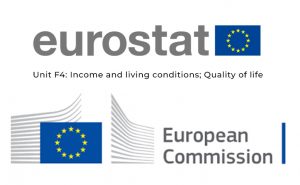Combatting gender-based violence is a key priority for the European Commission, as shown in the Strategic Engagement on Gender Equality for 2016 – 2019.
Violence is still regrettably under-reported: only about a third of women who are physically or sexually abused by their partners contact the authorities. In addition, complaints are not systematically recorded, and the collection of administrative data is not comparable between EU countries. The UN 2030 Agenda and the Council of Europe Convention on preventing and combating violence against women and domestic violence introduces, in its article 11, obligations to conduct a regular population-based survey on violence against women and domestic violence. This action aims at generating better and comparable data on the extent and nature of gender-based violence in order to strengthen Slovakias´ responses and boost efforts to make Europe a safer place for everybody.
This project aims to support the data collection on gender-based violence against women (GBV). In particular, the aim of the action is to ensure the contribution to the knowledge on the prevalence of GBV in Slovakia and the EU by the high-quality implementation of the EU-wide survey on gender-based violence. Data collection and analysis is also an integral part of the Slovak National Action Plan for the Prevention and Elimination of Violence against Women 2014–2019. In its 6th area of implementation, task number 50, aims at the implementation of national surveys of the prevalence of various forms of violence against women including surveys of women with multiple disadvantages. The draft questionnaire and draft survey methodology, including target population and sample design, interviewing modes, interviewers training, treating non-response, confidentiality, and security during the interview, data coding and transmission, strategies of data dissemination and reporting on quality was developed by Eurostat taking into account existing experiences with violence against women or gender-based violence surveys at both national and international level. The project reflects the work of Eurostat but also takes into account the local realities.

Pre text v slovenskom jazyku kliknite sem
